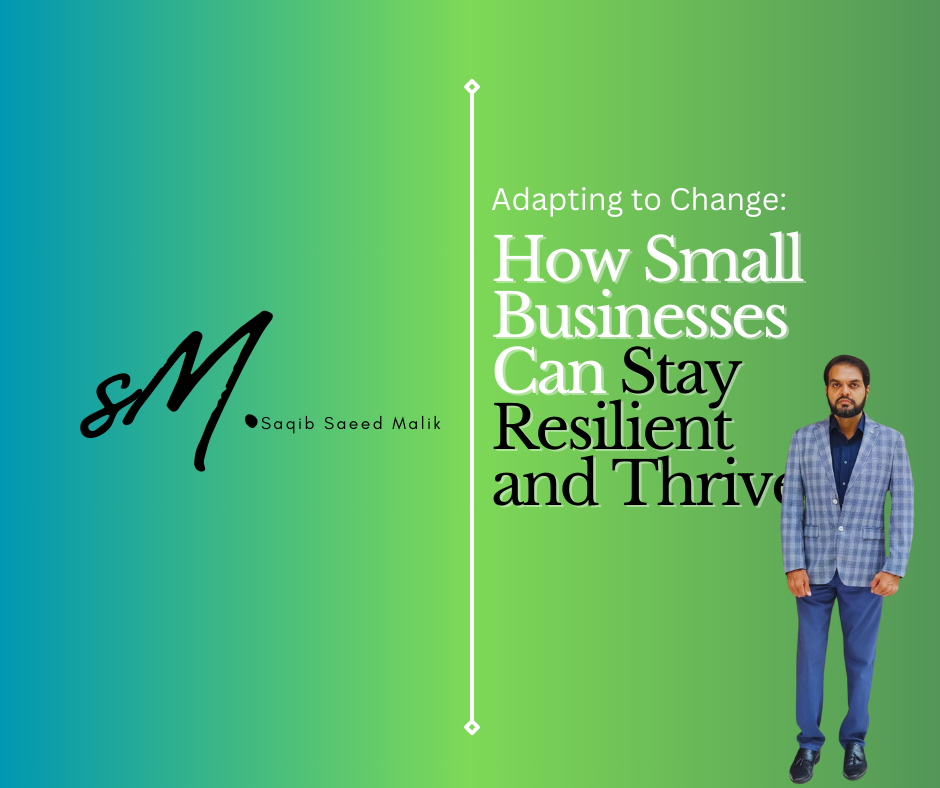Introduction
Technology is transforming every aspect of our lives, and workforce healthcare is no exception. From telemedicine to health data analytics, technological advancements offer new opportunities to improve healthcare delivery and employee well-being. This blog explores the role of technology in modern workforce healthcare and the benefits and challenges associated with its integration.
Telemedicine and Virtual Care
Telemedicine has revolutionized the way healthcare services are delivered, allowing employees to access medical care remotely. This technology not only provides convenience but also reduces the need for in-person visits, which can be time-consuming and costly. Telemedicine services can include virtual consultations, remote monitoring, and online prescription management.
Health Data Analytics
Health data analytics involves the collection and analysis of health-related data to improve healthcare outcomes and efficiency. By leveraging data analytics, organizations can gain insights into employee health trends, identify areas for improvement, and develop targeted interventions. This technology also helps in managing chronic conditions and evaluating the effectiveness of wellness programs.
Wearable Technology
Wearable technology, such as fitness trackers and smartwatches, provides employees with real-time data on their health and activity levels. These devices can track metrics such as heart rate, sleep patterns, and physical activity, empowering employees to take control of their health. Organizations can also use wearable technology to promote wellness and encourage healthy behaviors.
Data Security and Privacy
As technology becomes more integrated into workforce healthcare, data security and privacy are paramount concerns. Organizations must ensure that health data is protected from unauthorized access and breaches. This involves implementing robust security measures, complying with regulations such as HIPAA, and educating employees about data privacy practices.
Challenges of Integration
Integrating new technology into existing healthcare systems can be challenging. Organizations must address issues related to interoperability, user adoption, and system compatibility. Additionally, the cost of implementing and maintaining technology can be a barrier for some organizations.
Conclusion
Technology plays a crucial role in modern workforce healthcare, offering benefits such as telemedicine, health data analytics, wearable devices, and improved data security. However, organizations must also address challenges related to integration and cost to fully realize the potential of technology in enhancing employee health and well-being.




